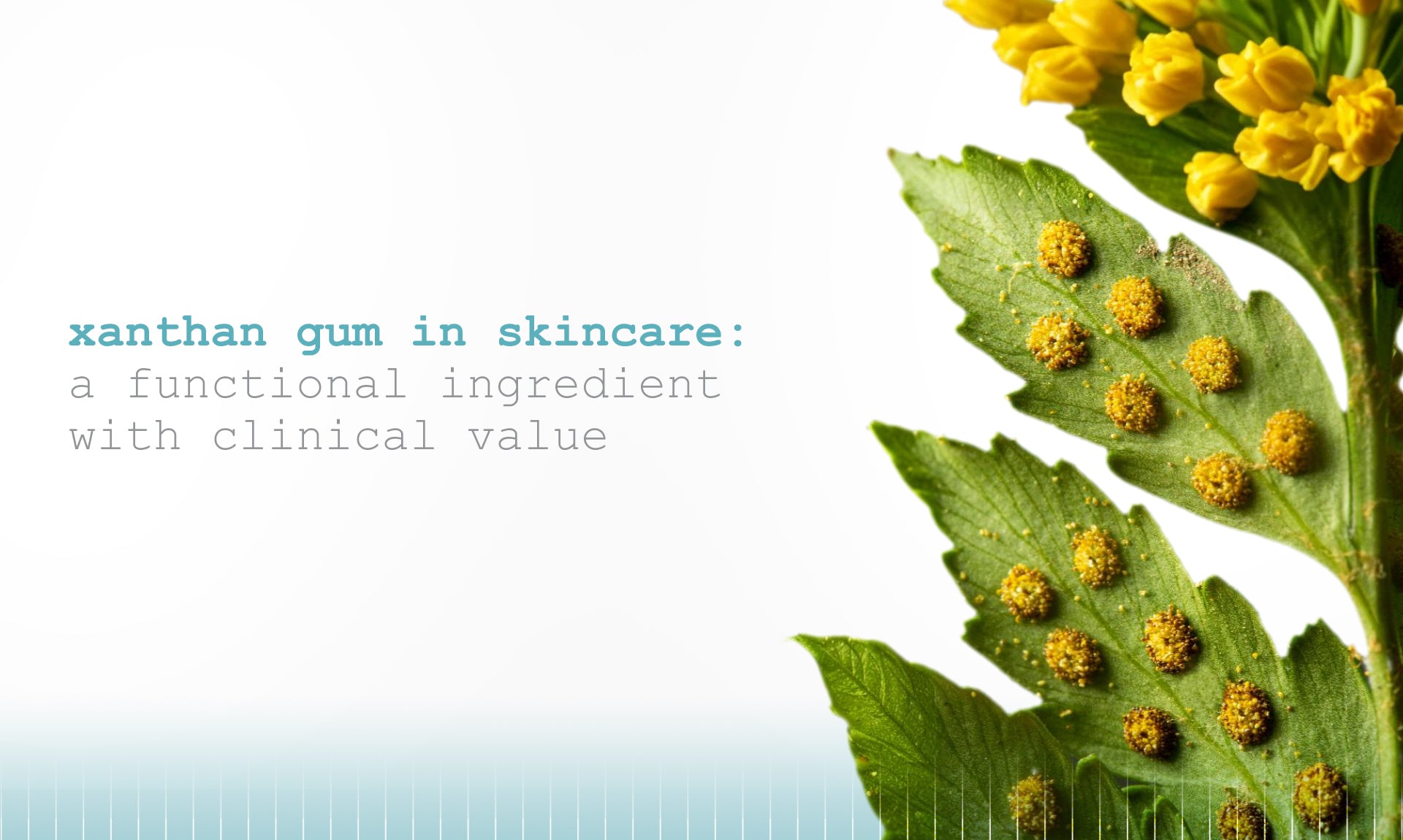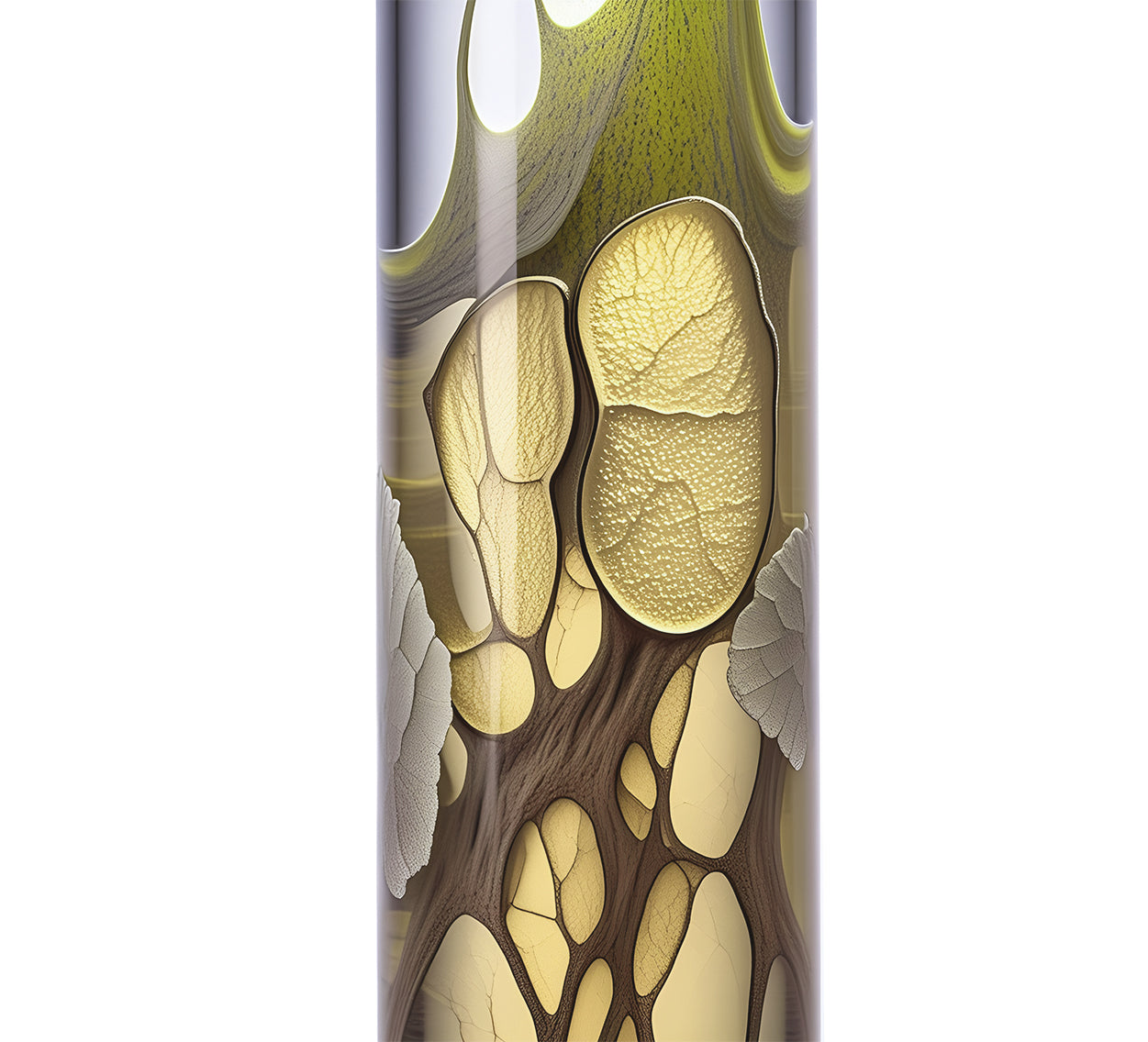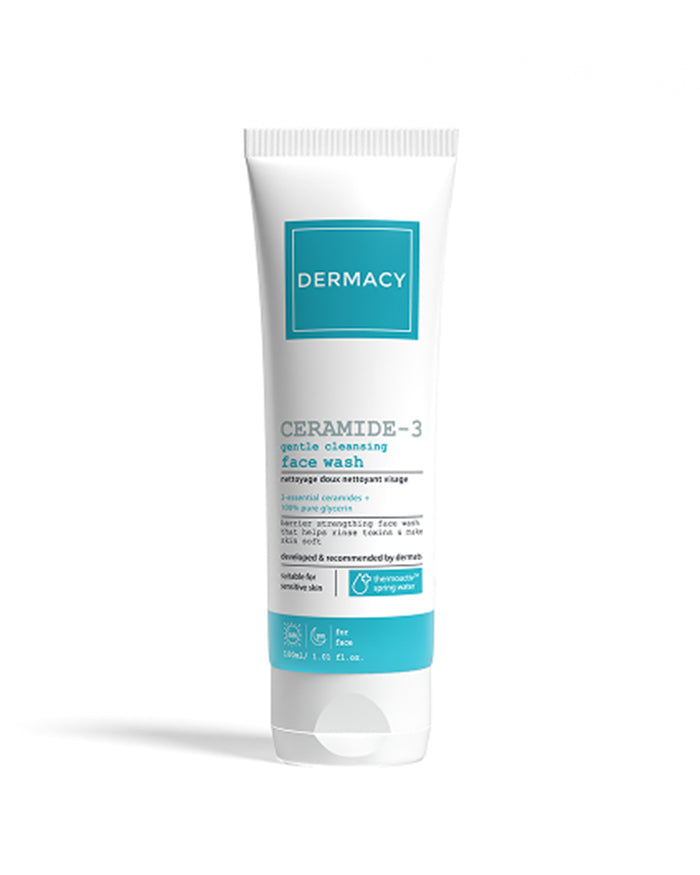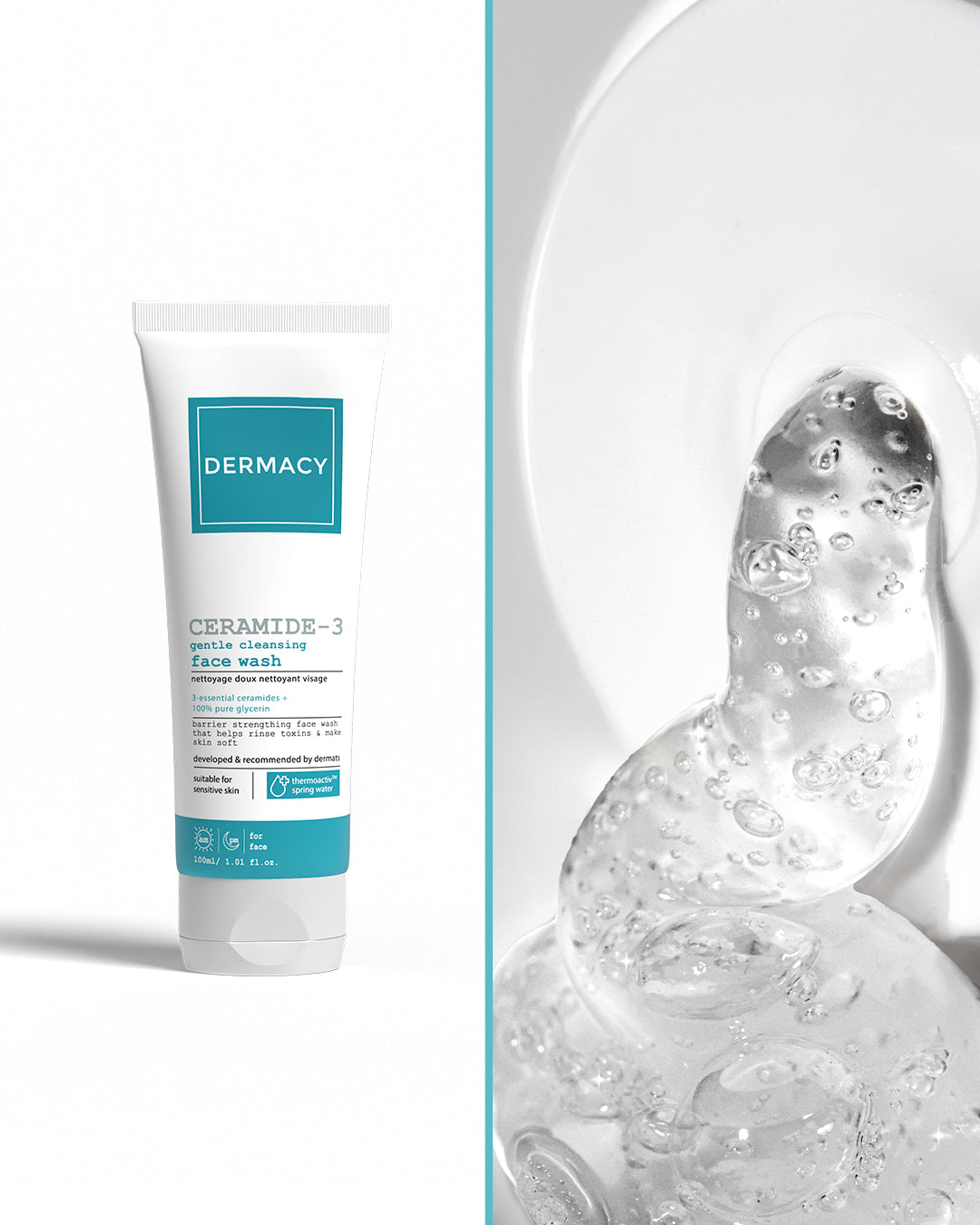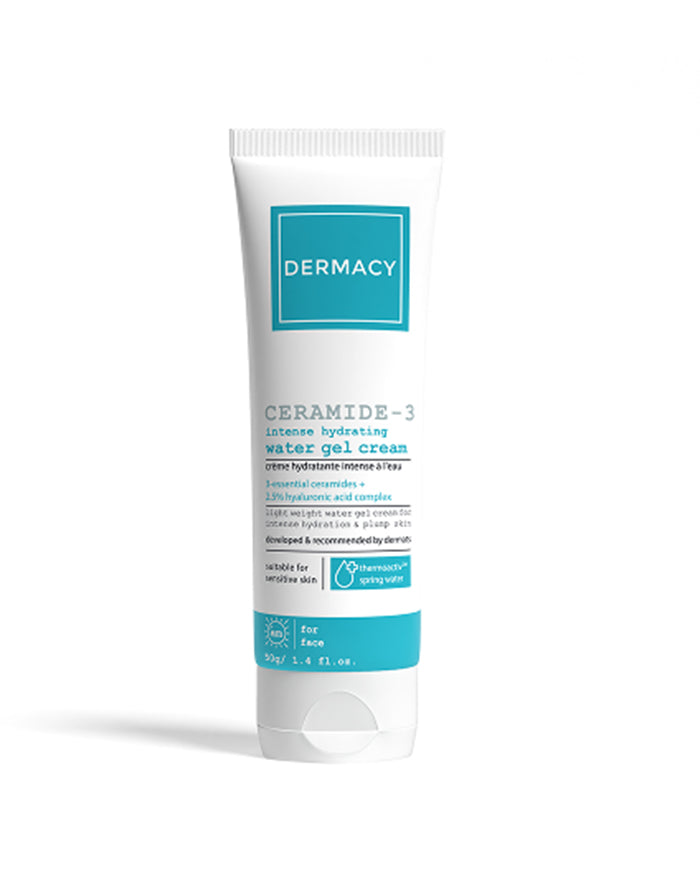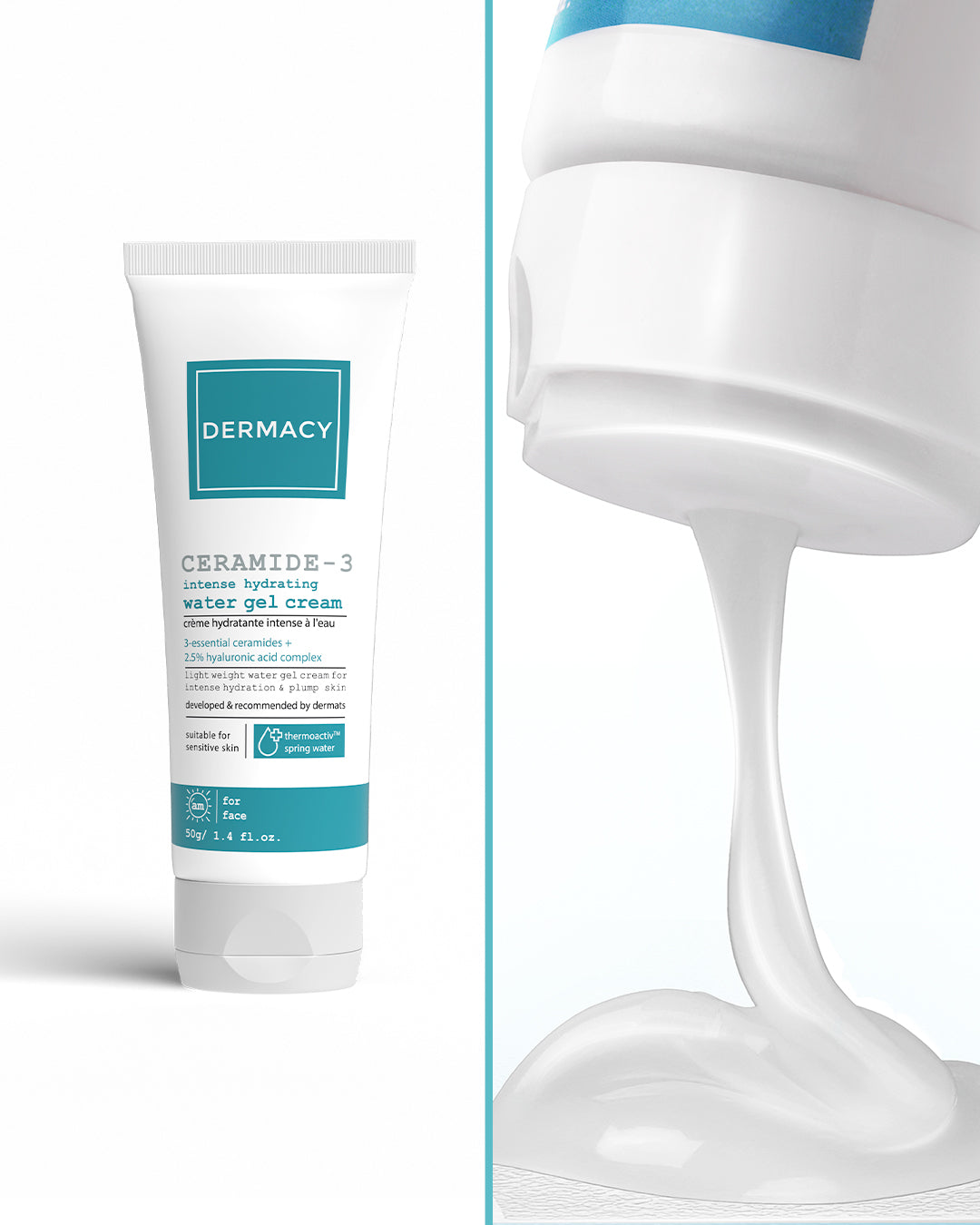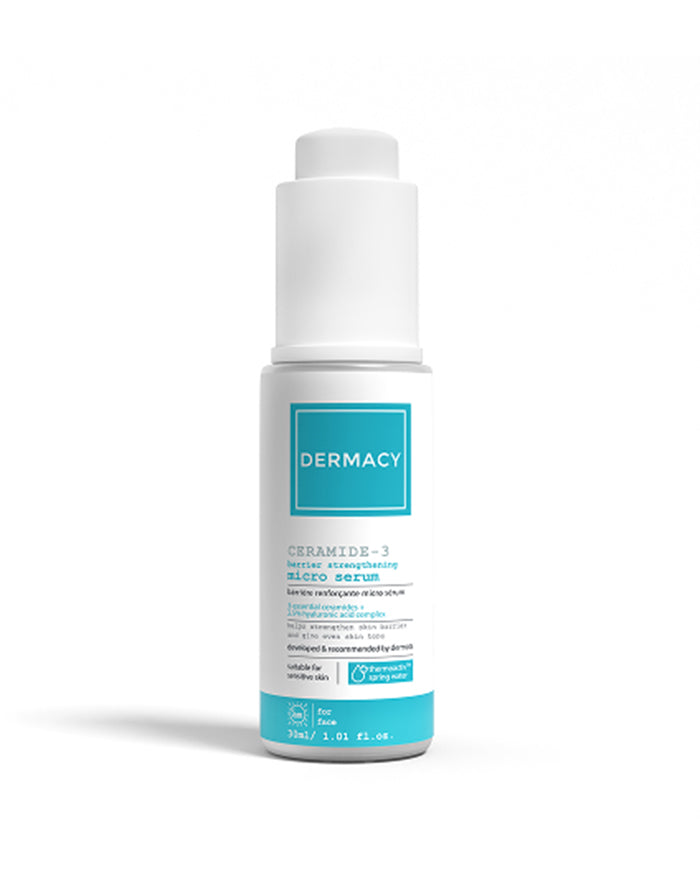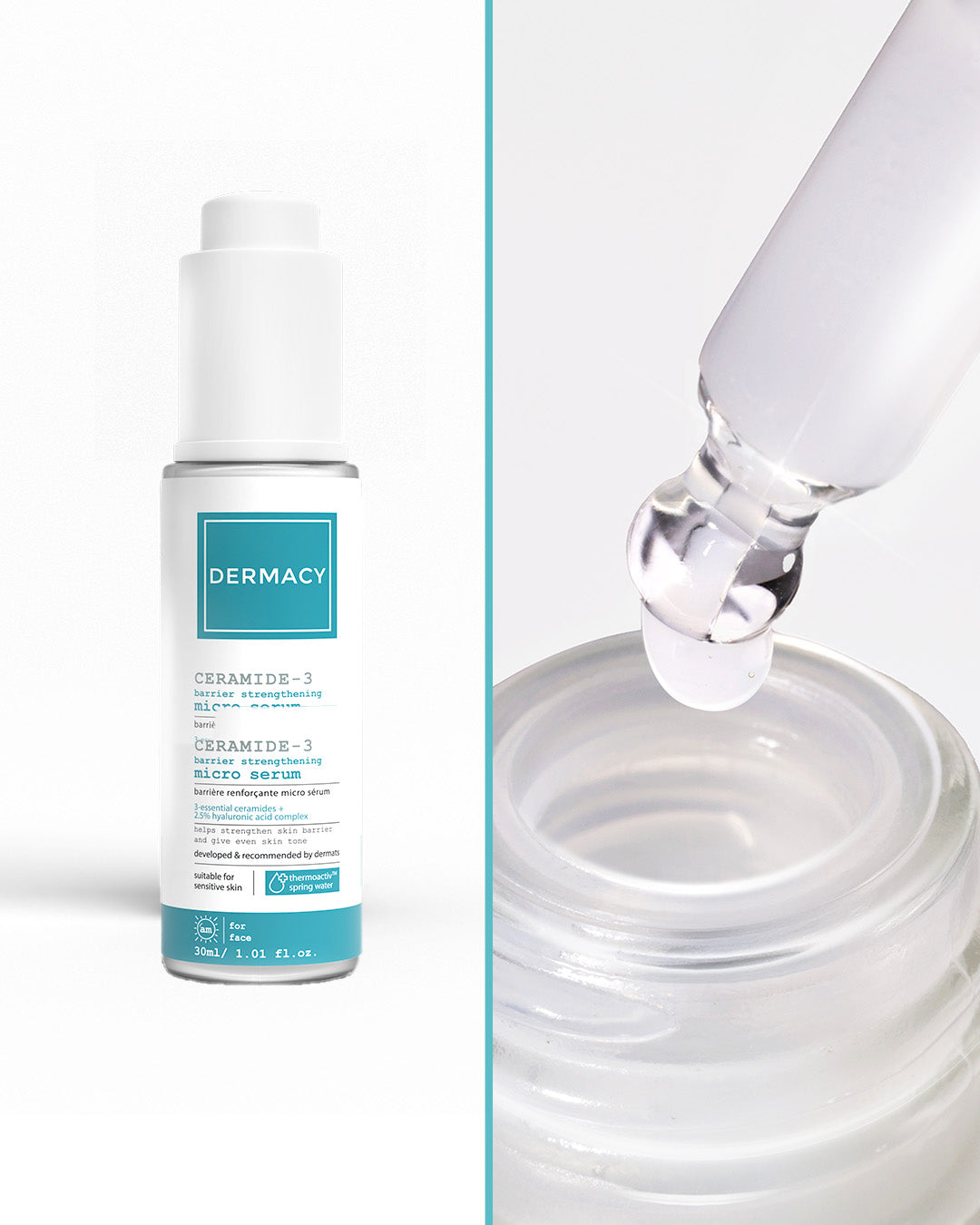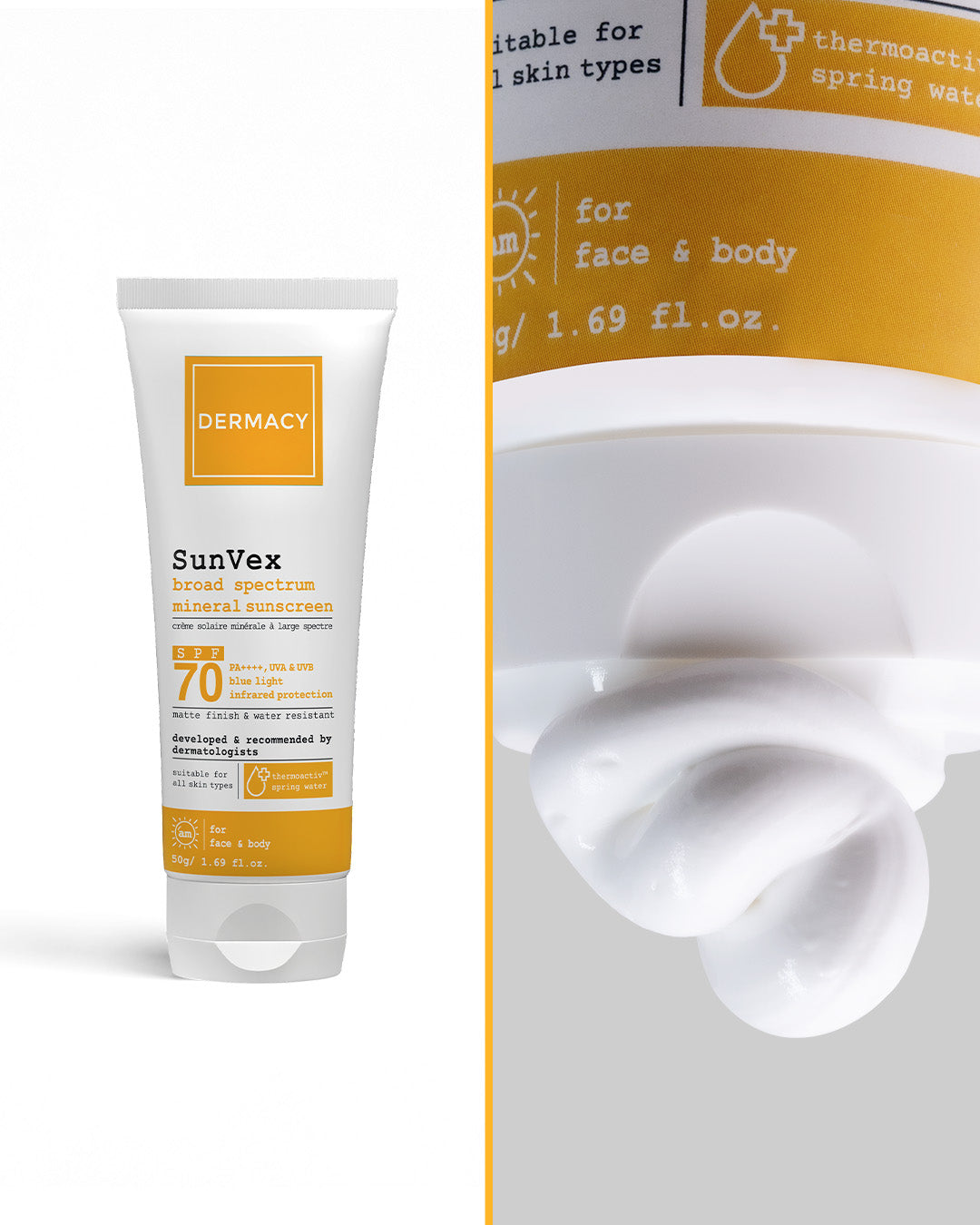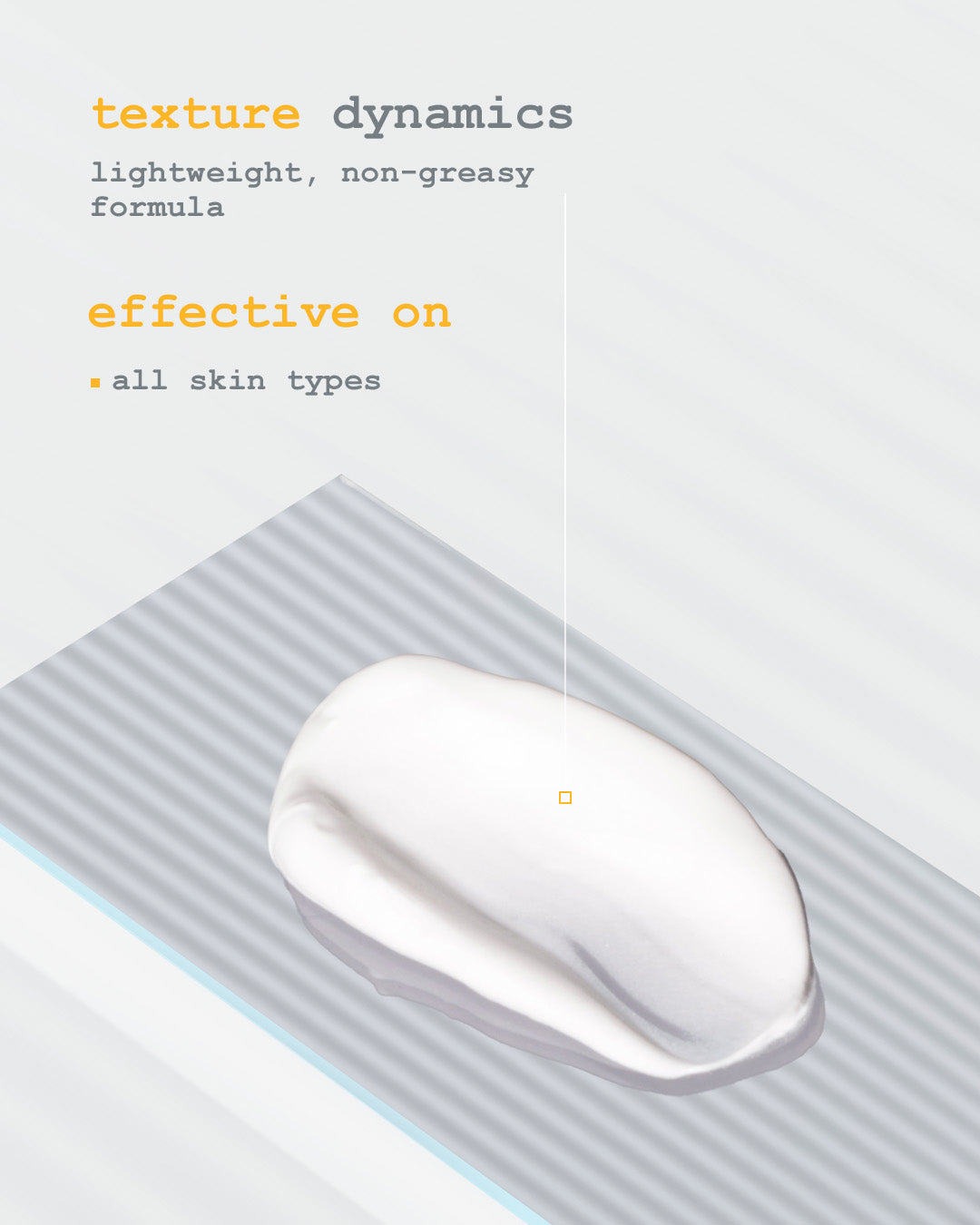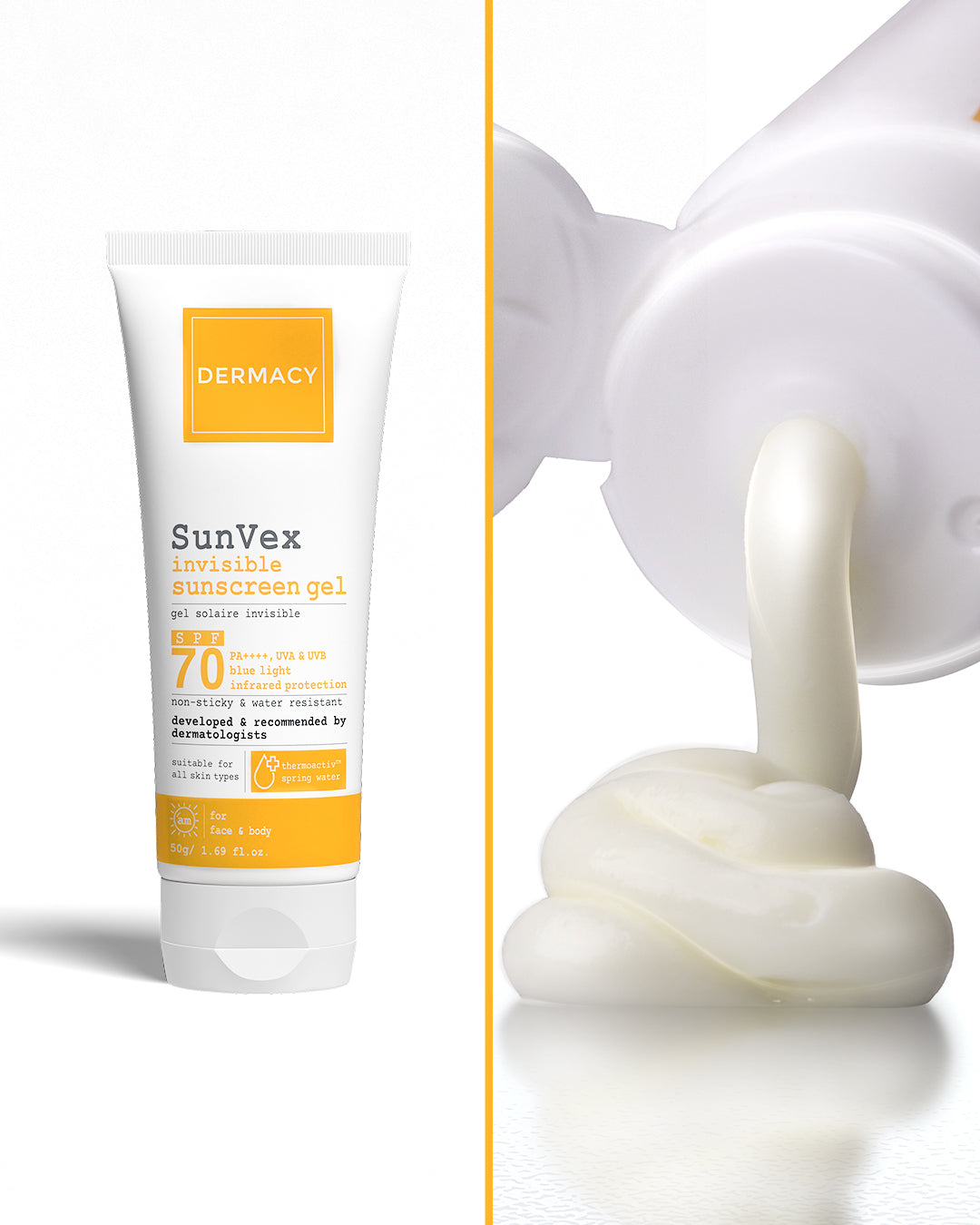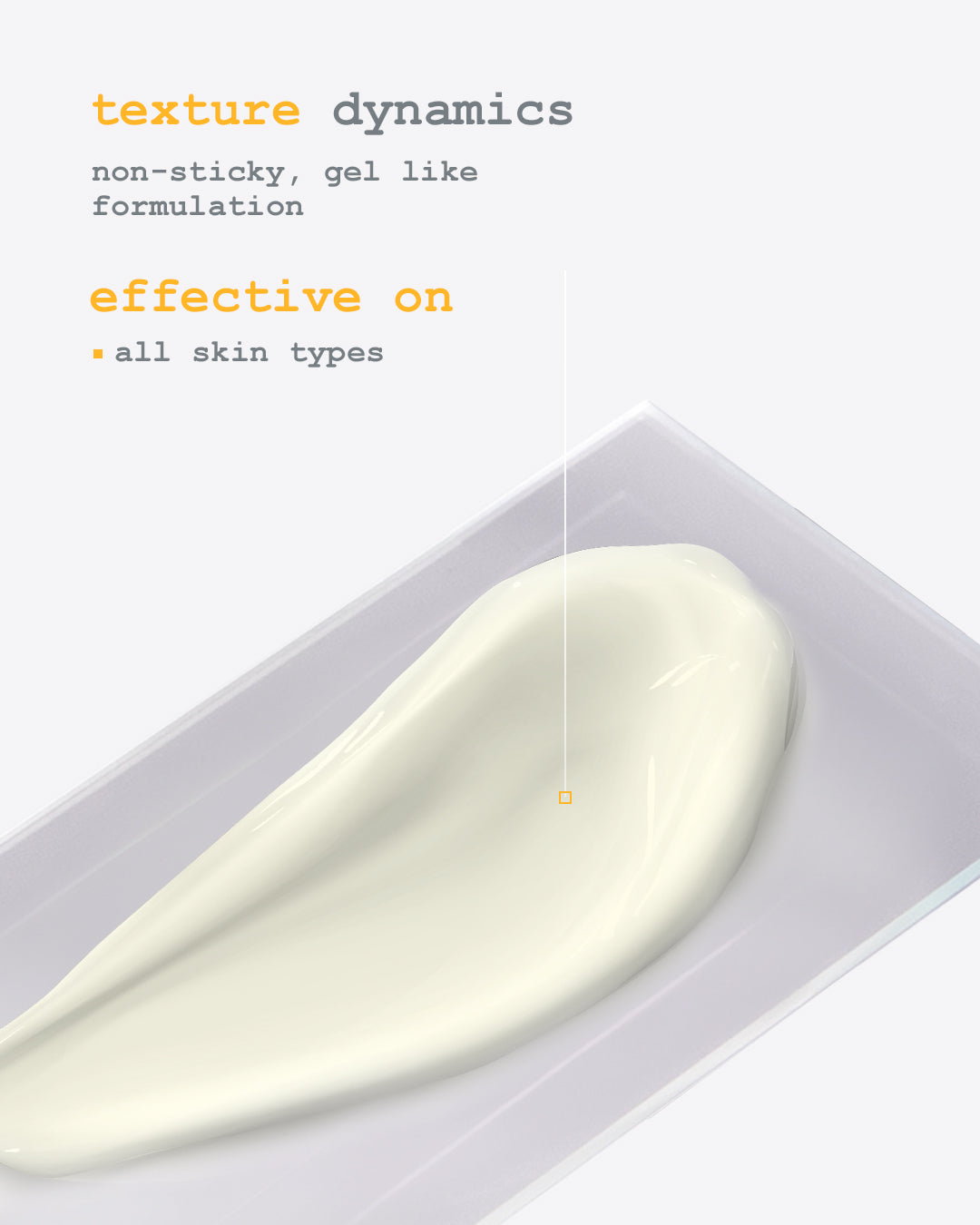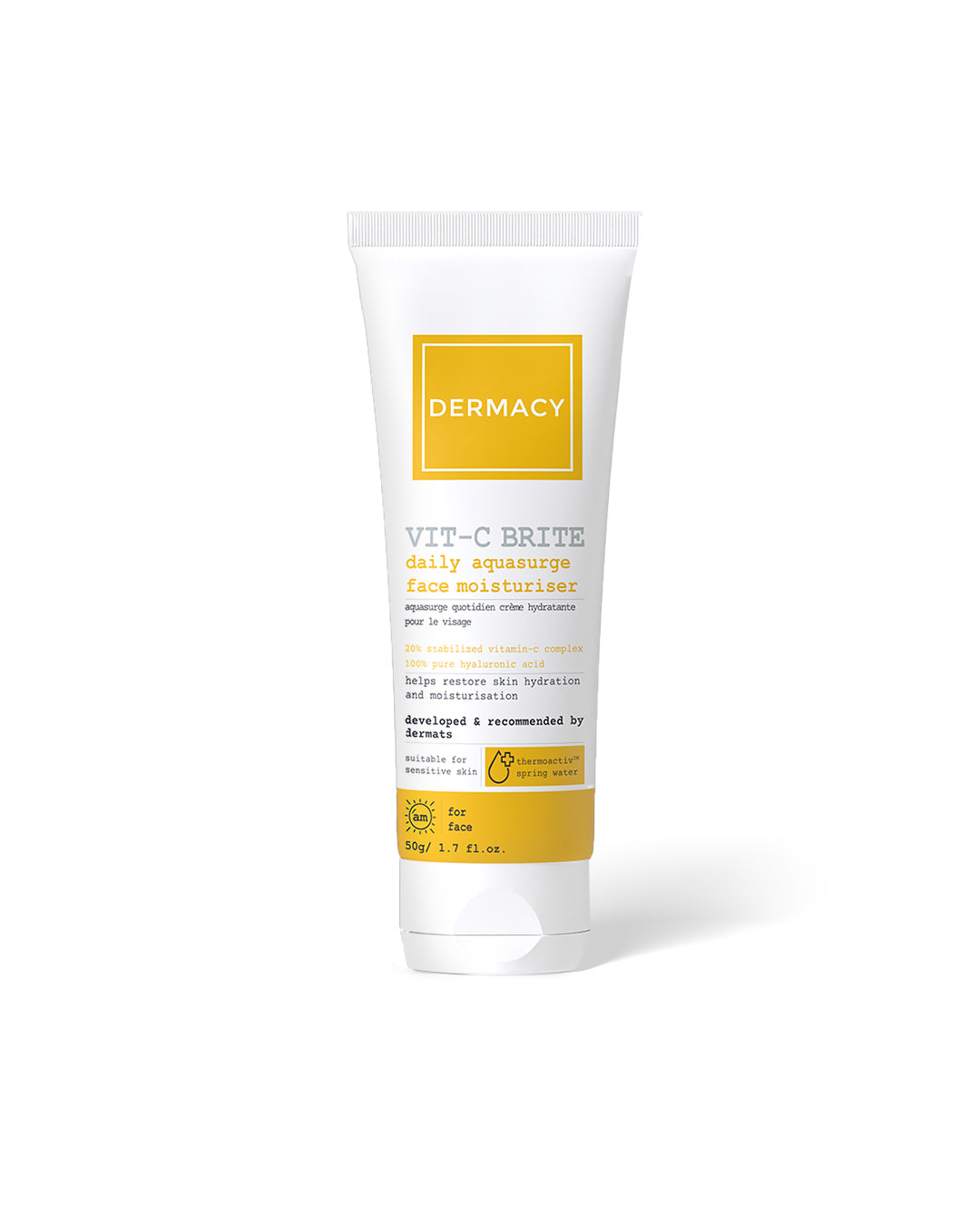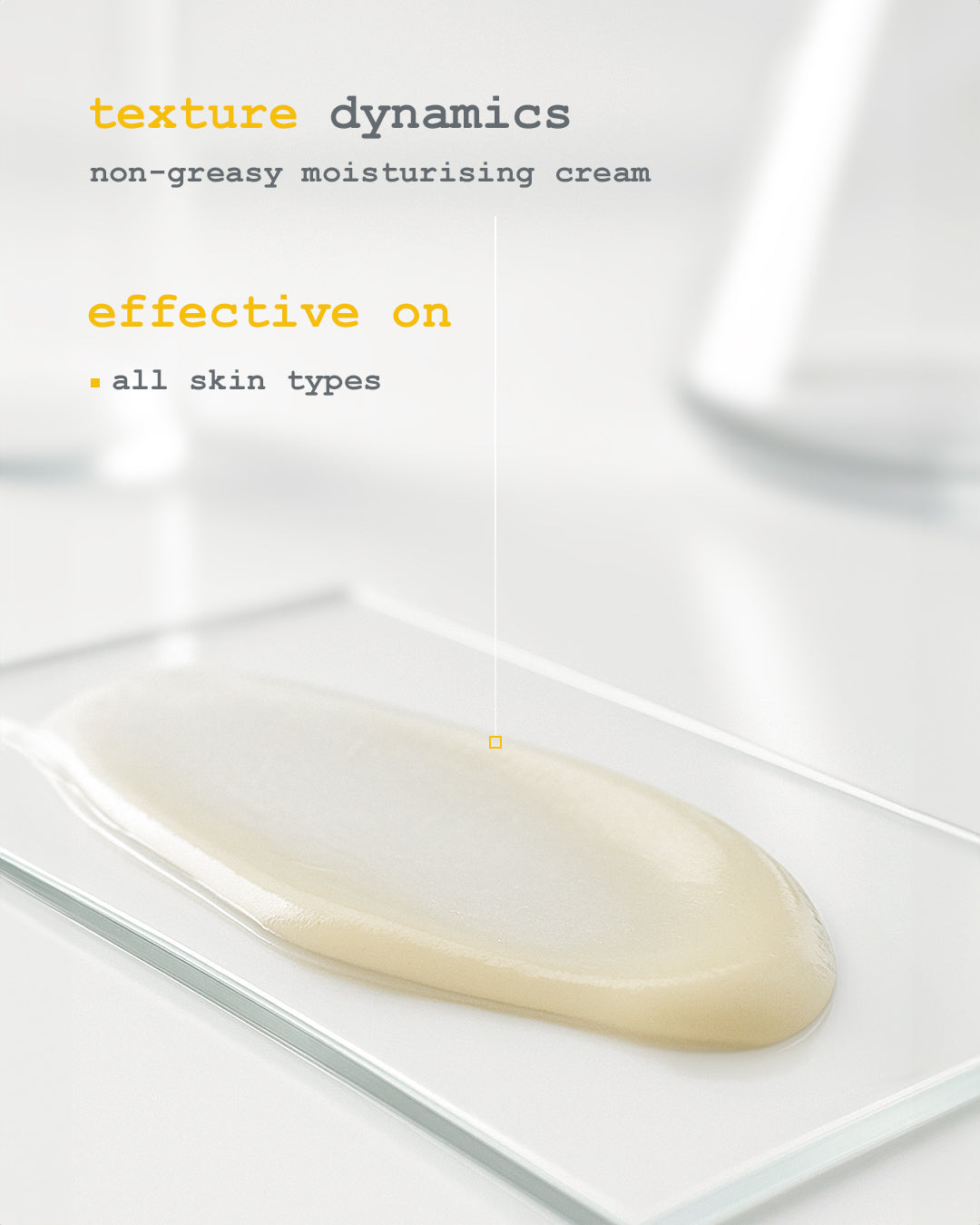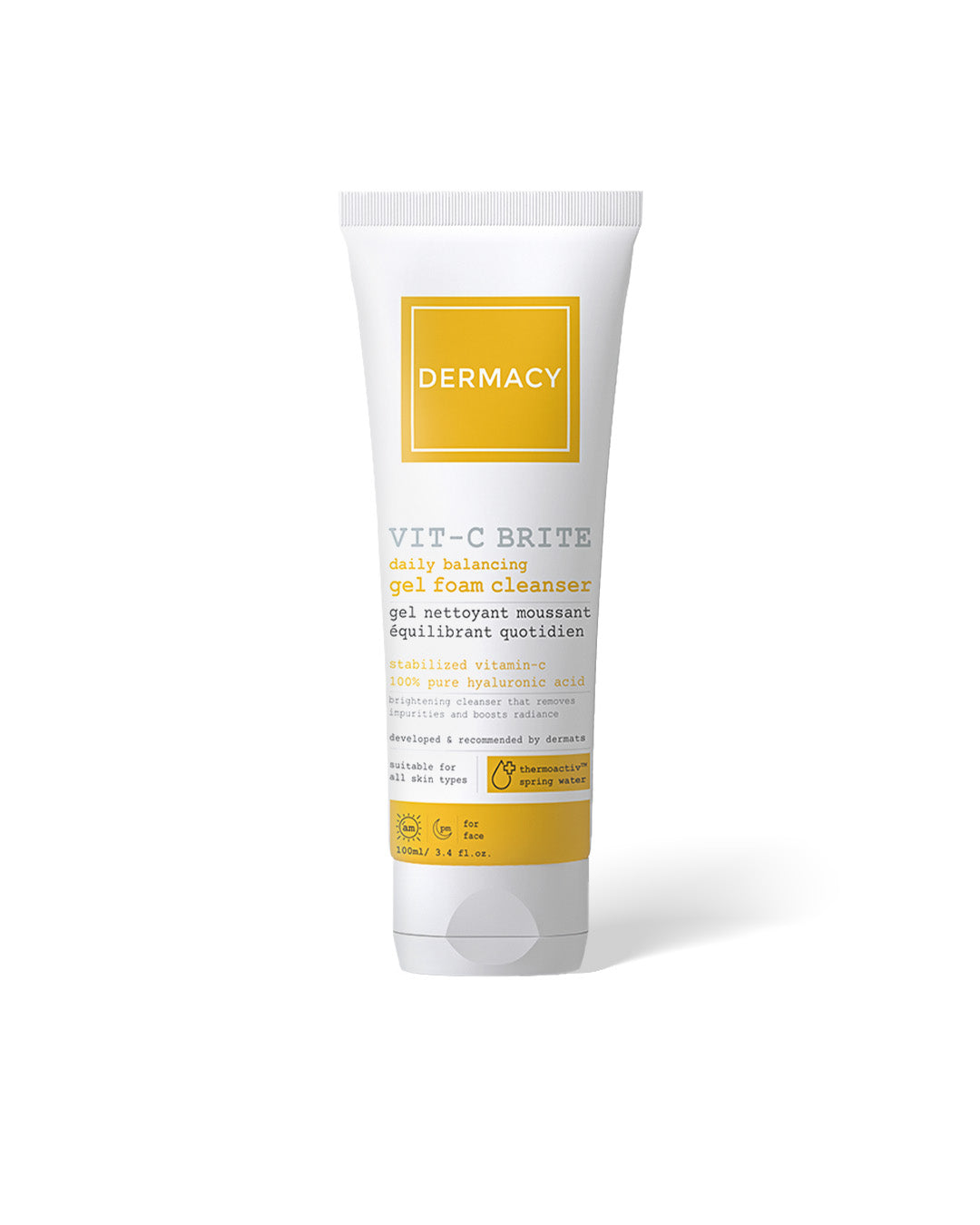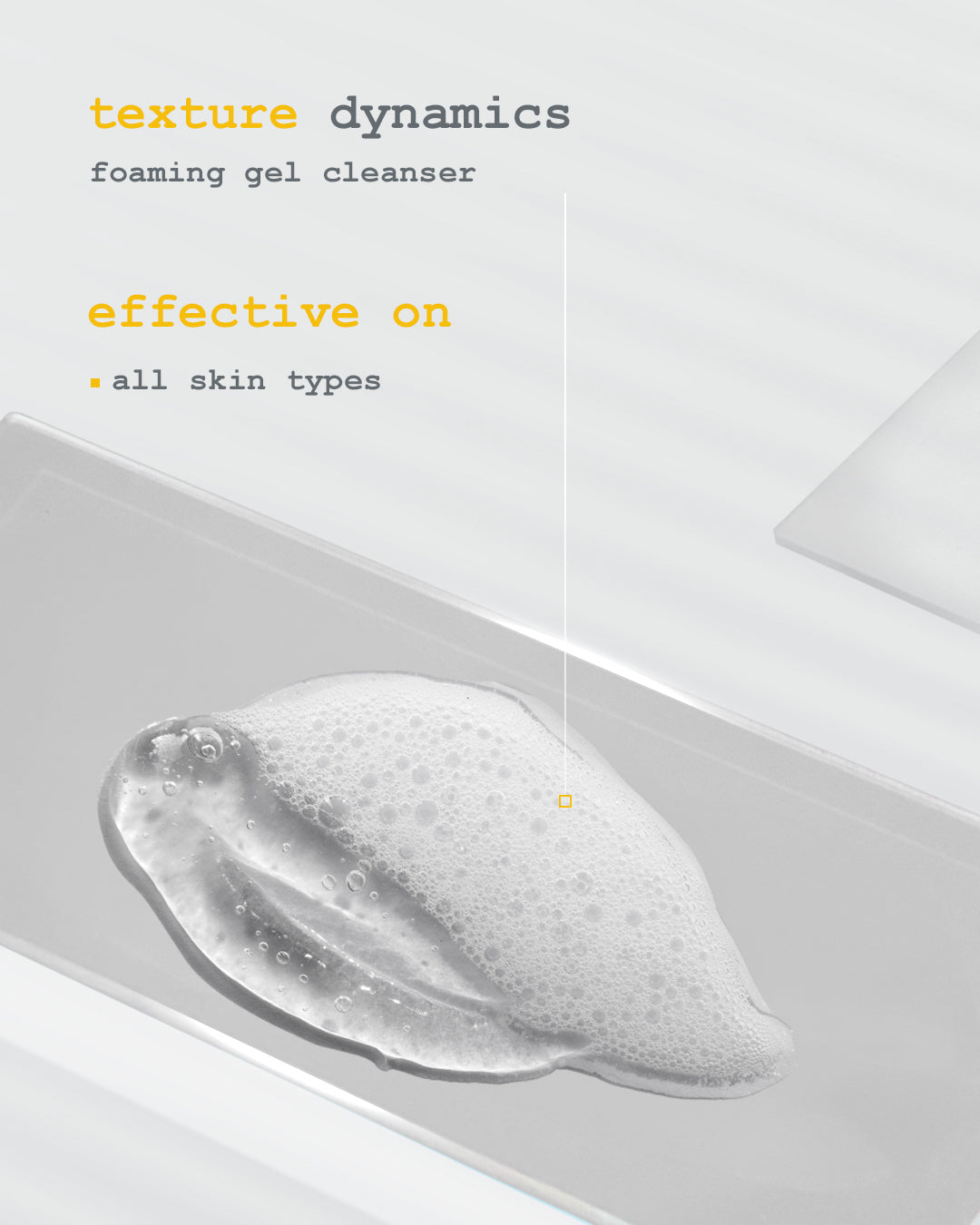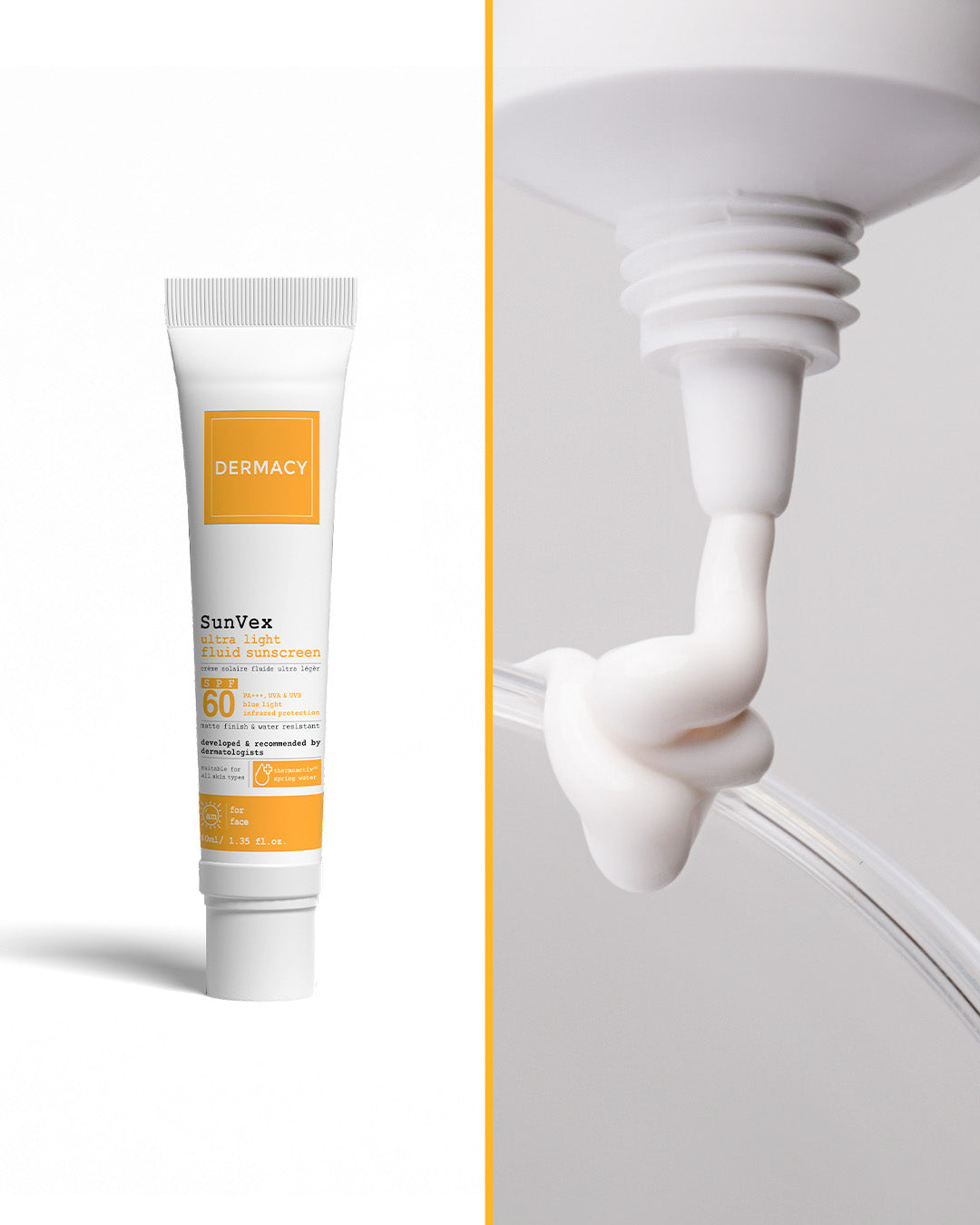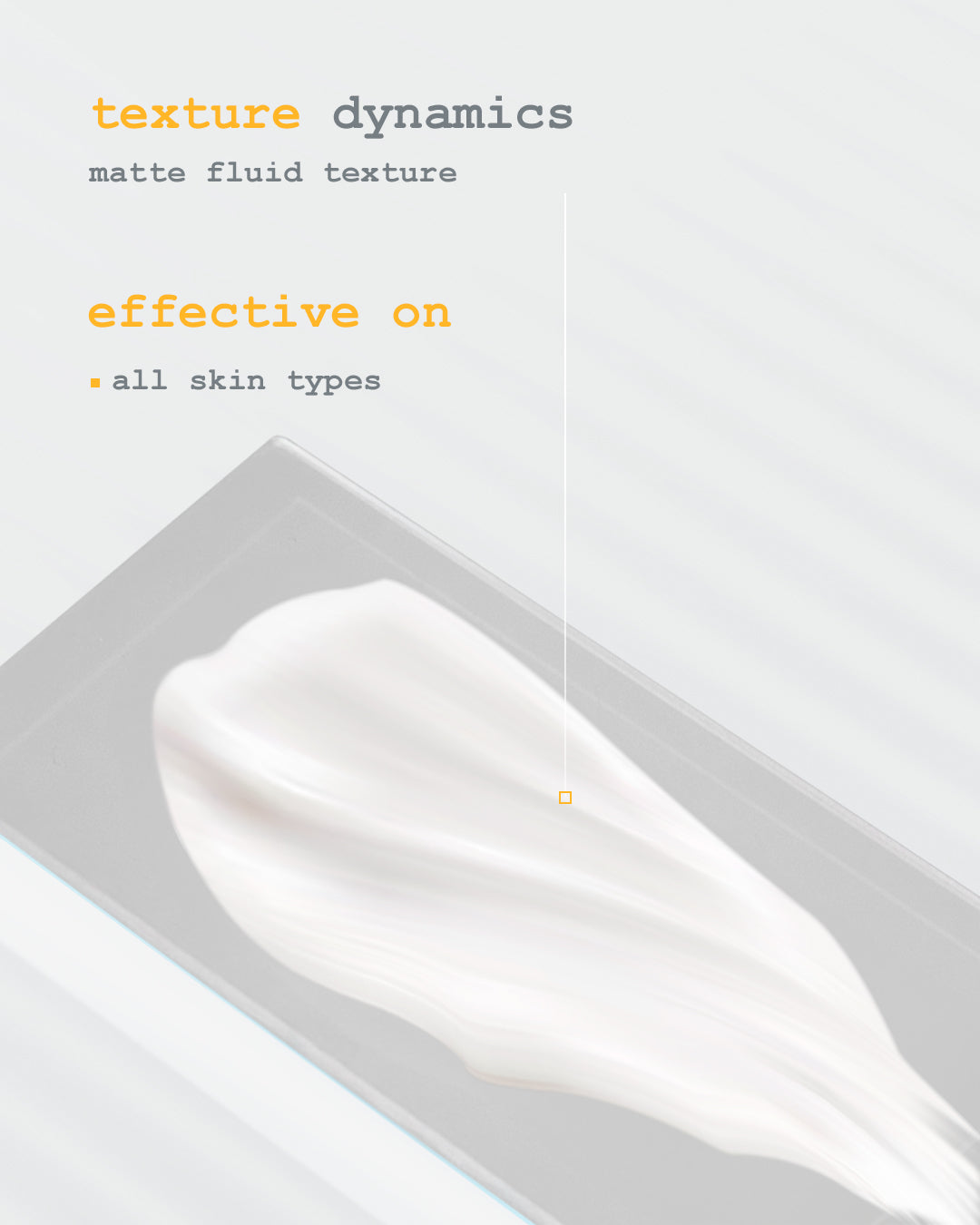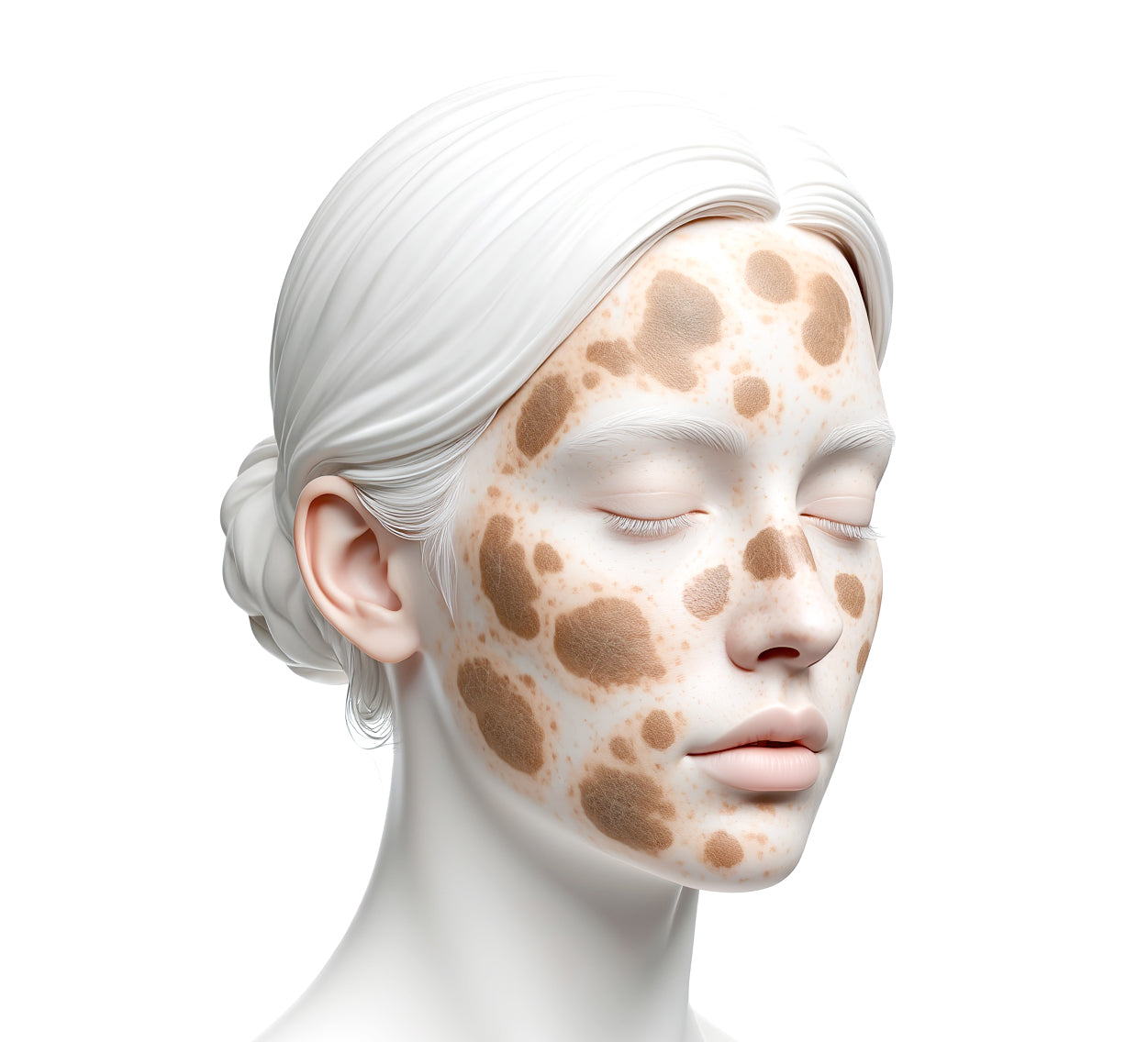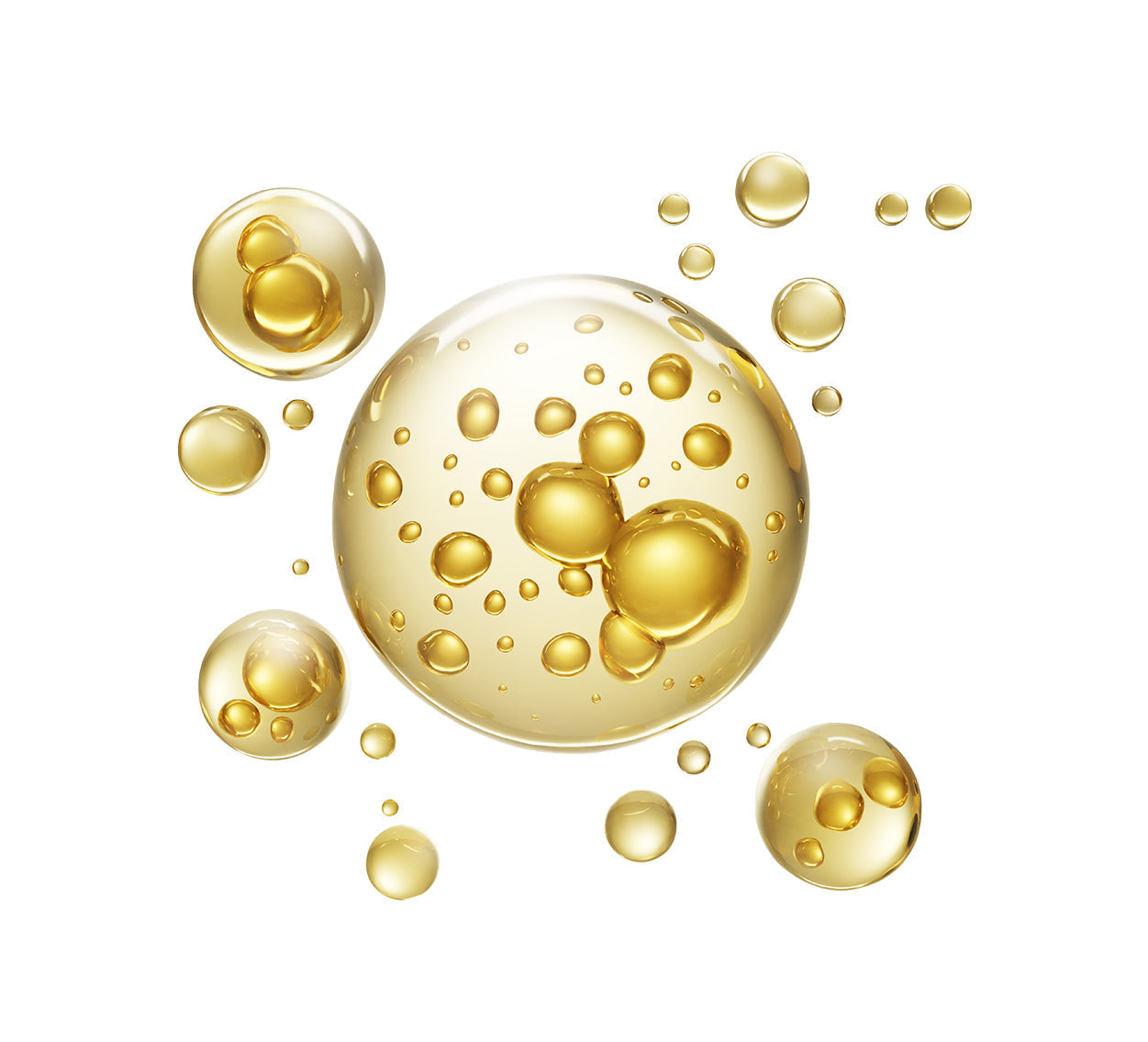Xanthan Gum in Skincare: A Functional Ingredient with Clinical Value
What Is Xanthan Gum?
Xanthan Gum is a high-molecular-weight compound produced by the bacterium Xanthomonas campestris. In dermatological and cosmetic formulations, it functions primarily as a stabilizer and rheology modifier, allowing products to maintain consistent texture, viscosity, and dispersion of actives over time.
Mechanism of Action
In aqueous systems, Xanthan Gum forms a gel-like matrix that:
- Prevents phase separation in emulsions
- Maintains uniform distribution of active ingredients
- Supports formulation stability over prolonged storage
- Enhances tactile properties and ease of application

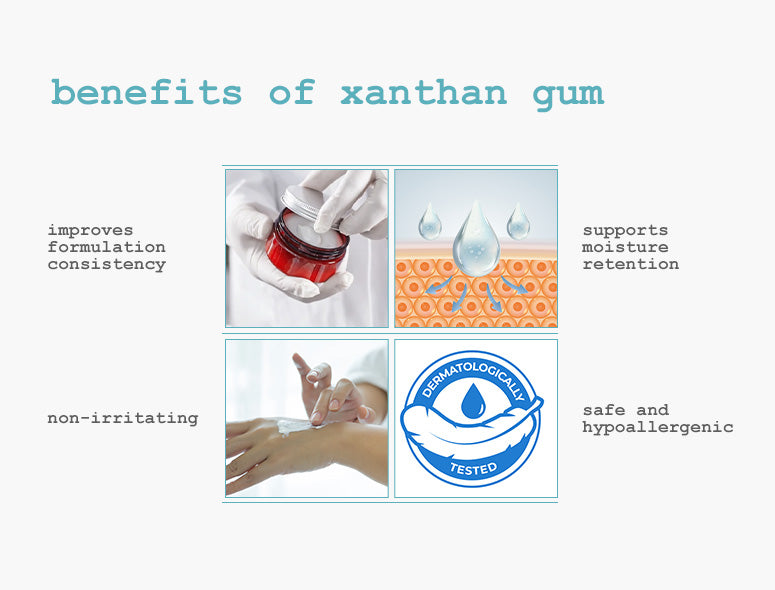
Benefits of Xanthan Gum
The benefits of Xanthan Gum extend beyond structure and stability:
- Improves formulation consistency – Ensures even spread and application of skincare products
- Supports moisture retention – Minimizes transepidermal water loss when used alongside humectants
- Non-irritating – Well-tolerated by sensitive skin and atopic-prone conditions
- Compatible with clean formulations – Biodegradable and derived from renewable resources
- Safe and hypoallergenic – Non-comedogenic and suitable for long-term use in barrier-focused regimens
Clinical Applications in Skincare
Xanthan Gum is widely used in:
- Barrier-repair creams
- Gel-based serums and hydrating masks
- Surfactant-free cleansers for sensitive skin
- Emulsion-based moisturizers and sunscreen bases
Final Takeaway
While often overlooked, Xanthan Gum is a clinically valuable excipient that enhances product stability, usability, and tolerance—especially in skincare designed for sensitive skin. The benefits of Xanthan Gum lie in its ability to maintain formulation integrity, improve skin feel, and indirectly support barrier repair. It remains a trusted, effective component in dermatologically sound skincare.




